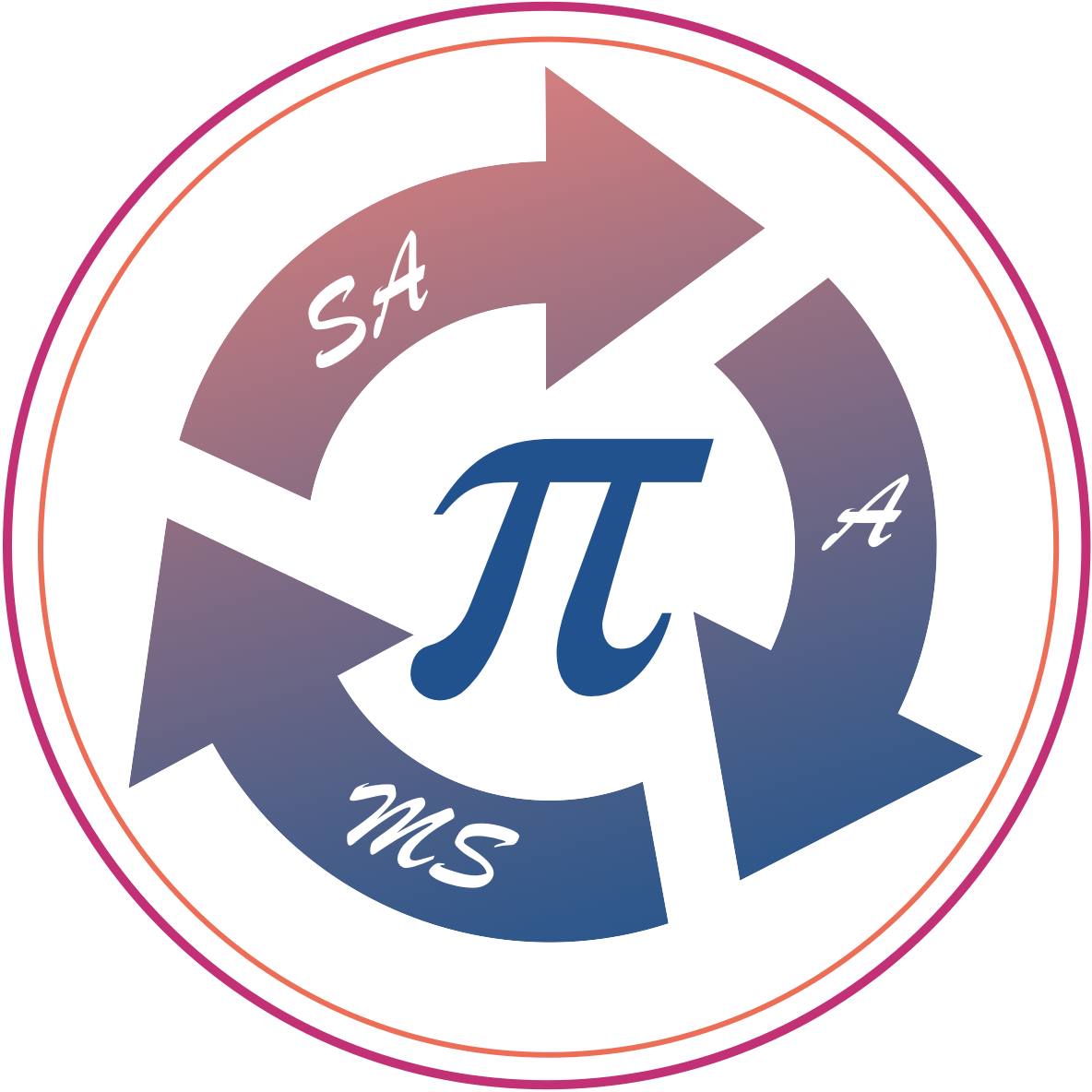About Us
The Sridharacharya Academy of Mathematical Sciences (SAAMS) is a registered professional organization established in 2024 in honor of Sridharacharya, a renowned Indian mathematician, known for his two surviving works on arithmetic and practical mathematics, Pāṭīgaṇita and Pāṭīgaṇita-sāra, and a now-lost treatise on algebra, Bījagaṇita. SAAMS is dedicated to advancing active and high-quality research in various branches of mathematics and fostering intellectual and cultural development. The academy has been instrumental in nurturing a vibrant research culture among mathematicians in India. SAAMS is committed to promoting mathematical research that has real-world applications. The organization believes in the power of mathematics to solve complex problems and drive innovation in various fields such as technology, engineering, economics, and social sciences. By fostering creativity and critical thinking, SAAMS aims to expand the possibilities in mathematical research: SAAMS organizes workshops and seminars throughout the year, covering a wide range of mathematical topics. These events are designed to provide hands-on experience and in-depth knowledge to participants. Renowned mathematicians and experts are invited to share their insights and guide young researchers. To support and encourage mathematical research, SAAMS offers various grants and scholarships. These financial aids are intended to help researchers pursue their projects without financial constraints. The grants are awarded based on the merit and potential impact of the proposed research. SAAMS publishes a half-yearly journal that features research papers, articles, and reviews on contemporary mathematical issues. The journal aims to disseminate high-quality research to a broad audience and promote scholarly communication within the mathematical community. SAAMS is not just about research; it is also about giving back to the community. The academy organizes outreach programs to promote mathematical literacy and education among school and college students. By conducting math camps, competitions, and interactive sessions, SAAMS aims to ignite a passion for mathematics in young minds. SAAMS believes in the power of collaboration. The academy has established partnerships with various academic institutions, research organizations, and industry leaders. These collaborations are aimed at fostering interdisciplinary research and leveraging resources for mutual benefit. Through joint projects and exchange programs, SAAMS and its partners work together to address some of the most pressing challenges in mathematics and its applications. The leadership of SAAMS comprises esteemed mathematicians and professionals who bring a wealth of experience and expertise to the organization. The governance structure is designed to ensure transparency, accountability, and strategic direction. The leadership team is committed to upholding the values and mission of SAAMS and steering the organization towards achieving its goals. Looking ahead, SAAMS has ambitious plans to expand its reach and impact. The academy aims to establish new research centers, increase the number of grants and scholarships, and enhance its publication efforts. SAAMS also plans to launch online courses and webinars to make quality mathematical education accessible to a wider audience. The Sridharacharya Academy of Mathematical Sciences is more than just an academic institution; it is a beacon of excellence in the world of mathematics. With its unwavering commitment to research, education, and community engagement, SAAMS continues to inspire and empower mathematicians to push the boundaries of human knowledge. As the academy looks to the future, it remains dedicated to its mission of fostering a vibrant and inclusive mathematical community that can drive innovation and solve complex problems for the betterment of society.Objectives
Programs and Initiatives
1. Workshops and Seminars
2. Research Grants and Scholarships
3. Publications
Benefits of the Members
Community Engagement
Collaborations and Partnerships
Leadership and Governance
Future Plans
Conclusion
